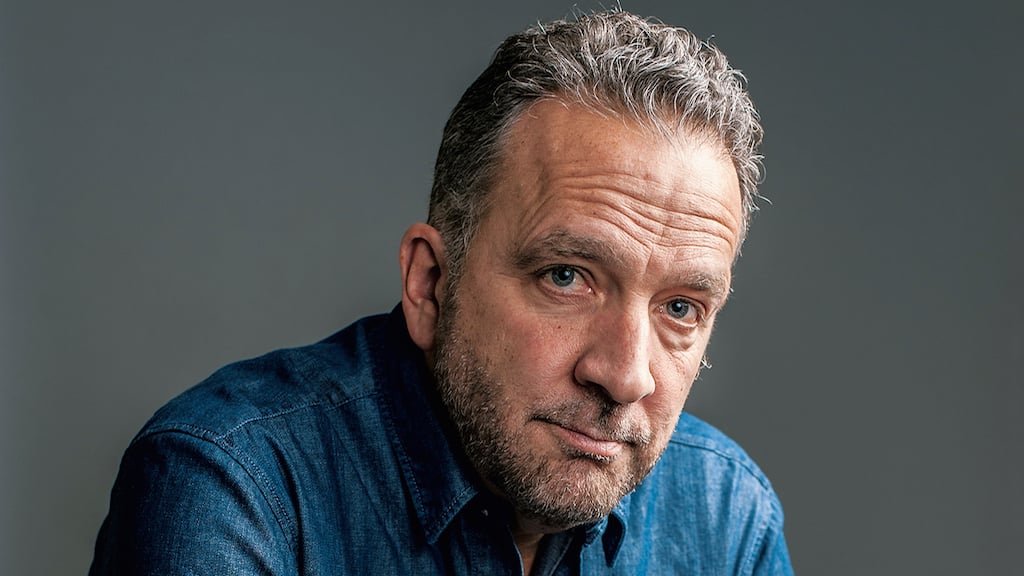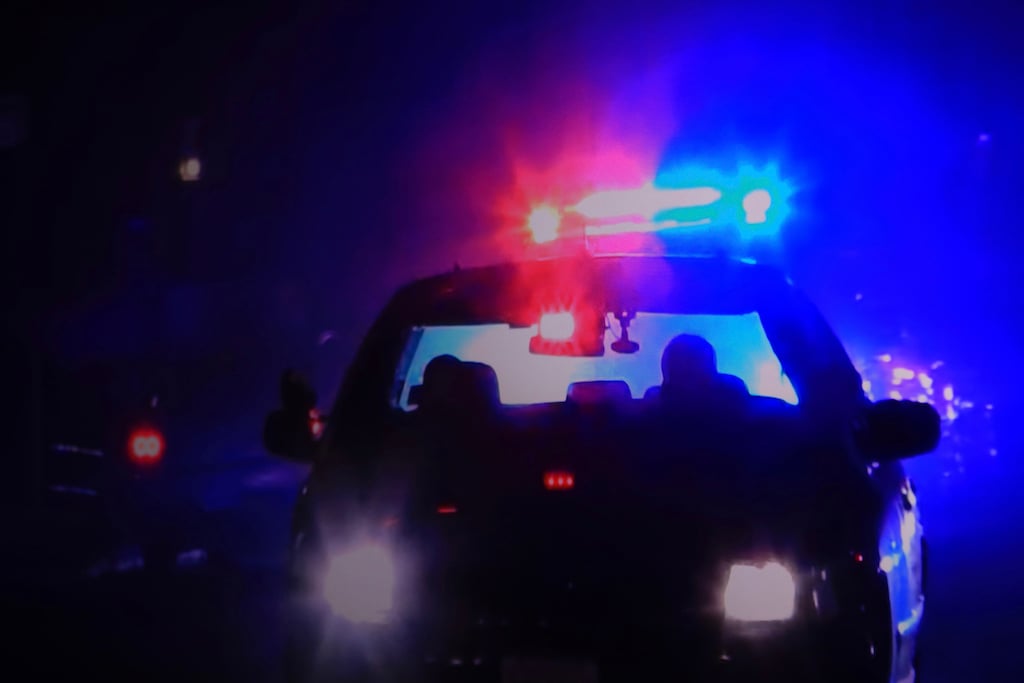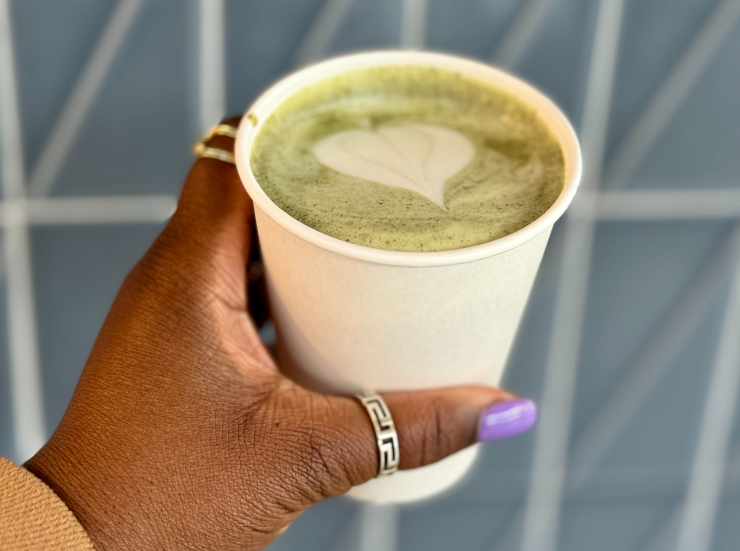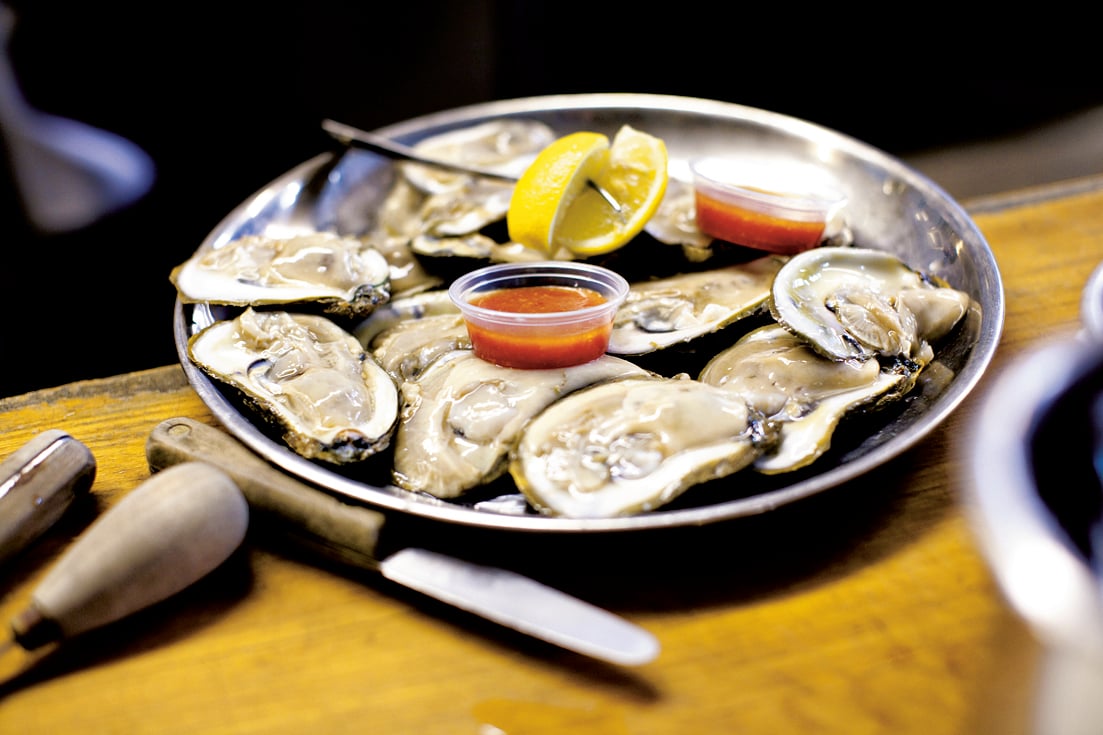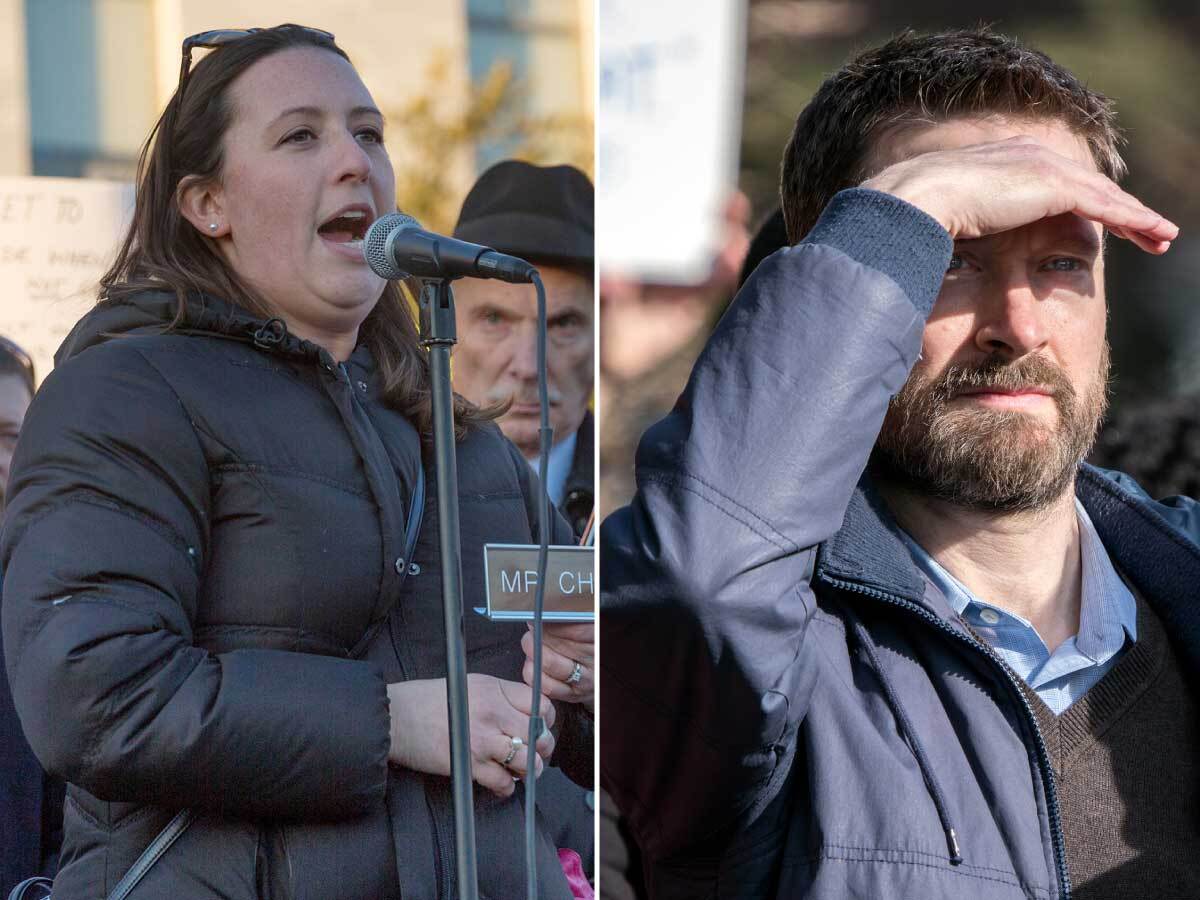Bestselling crime novelist George Pelecanos has written 20 books and counting (Hell to Pay, Hard Revolution, The Big Blowdown), wrote and produced the HBO series The Wire, and picked up an Emmy nomination along the way. But he hasn’t fled to New York. Born in Mount Pleasant, he moved to Silver Spring by the time he was in kindergarten, and it’s where he chose to raise his own family. In this conversation, he recalls the very different Silver Spring of his teen years and why the suburb remains the only place he wants to call home.
How did your experiences growing up here lead you to become a fiction writer?
The Biblical moment was the 1968 riots. I was 11 years old and I didn’t understand everything, but I knew at a visceral level that something momentous was happening. My dad had a diner [in Dupont Circle], and I would take a bus down Georgia Avenue. Right after the riots that summer, I remember being on the bus with black Washingtonians who—they just looked different to me. They were standing straighter, clothes were a little bit louder. All these things hit me all at once, and I wanted to find out more about it and to write about it.
You eventually did write about it.
Hard Revolution—that’s the book about the ’68 riots. But I never read books when I was growing up. I was doing what teenagers did in the ’70s, which was smoking weed, drinking beer, playing basketball, muscle cars. I wasn’t a bookish person.
What were some favorite places you frequented in Silver Spring?
In the ’70s, Ellsworth Drive had these hippie head shops and a couple clothing stores called Daily Planet and Solar Plexus, where if you wanted some hip threads, that’s where you went. Bananas is where you got your hair cut. In DC, the drinking age was 18, so you would go right to the Silver Spring/District line and you could buy your beer.
You’ve seen Silver Spring go through its decline and rebirth. What do you think of all the changes?
When I was a kid in the ’60s, I went shopping in downtown Silver Spring. Hecht’s, JCPenney, the little retailers—they sponsored all my sports teams. In the ’80s, it lost its destination for shopping and there were tumbleweeds crossing the street.
My take on gentrification and change is it’s usually always a better thing, because when you see all these businesses open and flourishing, that means there are more jobs. Where I live, there are a lot of businesses owned by Ethiopians and Eritreans. They’re the new immigrants, the new Greeks—what my people did. The next generation of these people will probably be college graduates. That’s how it works, right there in front of your eyes.
What made you decide to stay in Silver Spring and raise your family?
My sons are black, and my daughter is Latina. I didn’t want my kids to be somewhere where they were uncomfortable or only with people who didn’t look like them. It was a good choice. It is a melting pot here. It’s one of the few places that are truly melting racially, economically, demographically.
You like to set your books in the Washington area. What are some places people would recognize in the suburbs?
[The book-series character] Spero Lucas grew up where I grew up. He lives in the District but comes out here to see his mom. She lives on my street. The Turnaround was about an incident in Kensington that occurred in the ’70s. Hard Revolution—if you want to know what Silver Spring was like from 1959 to 1968, that’s the book. I interviewed a lot of people who lived here then.
What are some of your favorite places in Silver Spring now?
I like [the Italian restaurant] Vicino and this little sleeper restaurant called Sergio’s on Colesville that’s been serving really good Italian food for 30 years. I’m a bike rider, so I’m near Sligo Creek and I can ride from downtown to Wheaton Regional and back.
So there’s no place like home.
Washington is the most interesting place I’ve been. The racial dynamic. All you have to do is drive down to North Capitol and Florida and look around you, then look down the street at the Capitol dome, and that picture paints a thousand words.
This article appears in the July 2017 issue of Washingtonian.

